

Read about START-PROF pipe stress analysis software
For Nozzles START-PROF automatically consider following:
Analysis results can be found in Loads on Nozzles and Equipment Table. See also "How to Reduce the Nozzle Loads in START-PROF"
The flexibility of junction point between vessel and pipe consists of two parts: local flexibility and global flexibility. Local flexibility consider local deformation of the shell near the nozzle. The global flexibility consider bending of the whole vessel like pipe bending.

Nozzle element is used for modelling of pipe connection to the pressure vessels and columns. There can be three options:
1. Nozzle element at the end node. In this case global flexibility is not taken into account, except the situation when flexibilities was calculated using Nozzle-FEM software. The thermal expansion of the vessel are automatically modeled, nozzle movements are taken into account.
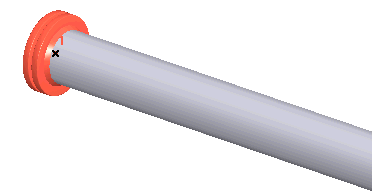
2. The vessel is modeled using cylindrical shell element (3). The length between nozzle and intersection point between pipe axis and vessel axis is modeled using rigid element (1). Nozzle element should be inserted into the point between pipe and rigid element (2). This method can be used to model the equipment of any complexity and connection of any number of pipes to it. Both local and global flexibility can be considered using this method. The thermal expansions of the vessel are taken into account usinf thermal expansion of the cylindrical shell and rigid element.
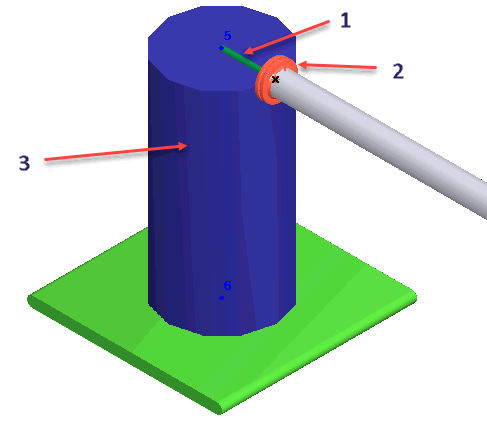
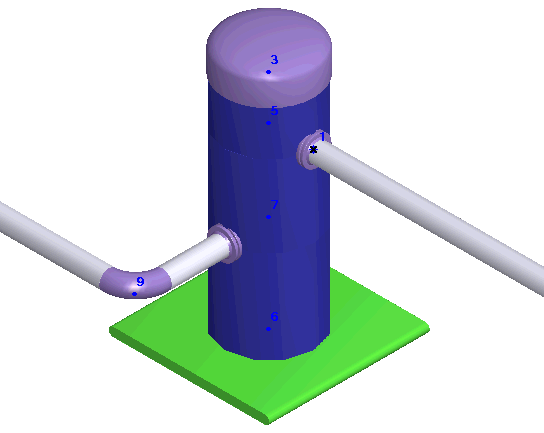
3. The vessel is modeled using cylindrical shell element. Nozzle element inserted into connection point between pipe axis and cylindrical shell like a ordinary tee (node 1). In this case START-PROF will automatically create the rigid element, no need to add it manually. Both local and global flexibility can be considered using this method.
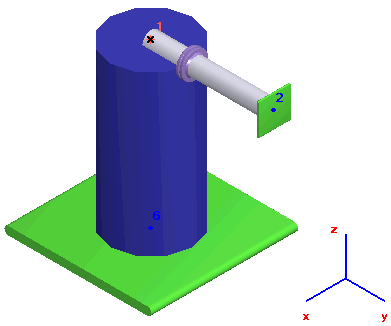
4. If nozzle is connected to the dish end, then the rigid element (2) should be connected to the end of the cylindrical shell element (1) and nozzle junction point (3)
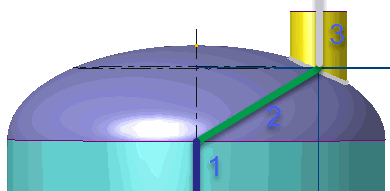
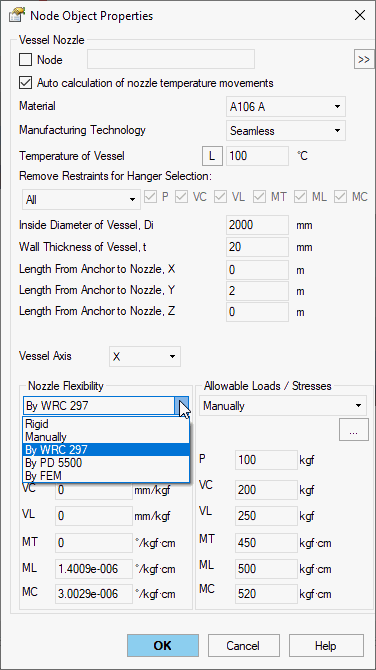
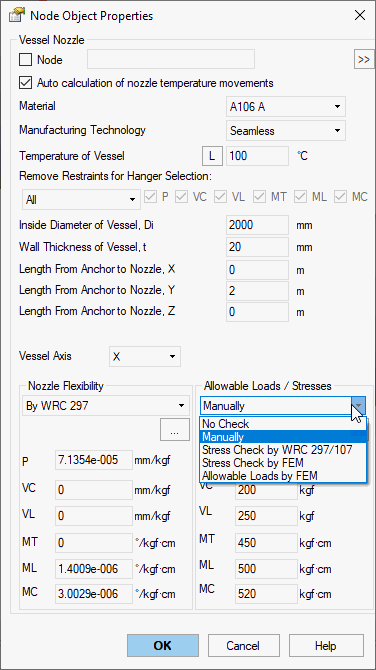
Property |
Description |
Name |
Text field. Element can be sorted by name and selected in the project tree |
Auto calculation of nozzle temperature movements |
Automatically calculate the nozzle movements as DX*Alpha*(T-Ta), DX*Alpha*(T-Ta), DX*Alpha*(T-Ta), where Alpha is thermal expansion factor (taken from selected material properties), T is equipment temperature, Ta is ambient temperature, DX, DY, DZ are distances from anchor point to the nozzle specified by user. If checkbox is not checked, then nozzle movements can be specified manually |
Material of Vessel |
Material from materials database |
Manufacturing technology of Vessel |
For ASME B31.1, ASME B31.3, DL/T 5366-2014 seamless pipe will always use Wl=1.0. For electric-welded pipe Wl will be specified from database. More... When using GOST 32388-2013, pipe physical properties are taken from different materials databases depending on pipe type (seamless/welded). |
Temperature of Vessel, Тop |
Design temperature in operating mode. More... This
property can be changed in different operation
modes. To see the value of this property in all operating
modes push the |
Remove restraints for hanger selection |
If this option is activated, then some restraints are removed from nozzle element during weight run of variable and constant spring selection. During main analysis restraints are working. This trick allows to remove the weight part of loading from the nozzle element. Springs will take the exact load, at which displacements from pure weight load is zero. Options:
|
Internal diameter of vessel |
Internal diameter of vessel |
Length from anchor to nozzle X,Y,Z |
Distance between anchor of the pressure vessel and nozzle. These values are used when modelling nozzle movements due to temperature expansion of the vessel. Used only when nozzle added into the end node. Movement along each axis is calculated using equation ΔX=α(Tope-Tambient)LX. Thermal expansion factor is taken from material database for selected material.
|
Nozzle flexibility |
There are a several options:
In case of nozzle to shell junction: P - Nozzle axis (Xm) VL - Perpendicular to P, in the plane passing through the P axis and the vessel axis VC - Perpendicular to P and VL MT - Around P ML - Around VC MC - Around VL
In case of inclined nozzle to head junction: P - Nozzle axis (Xm) VL - Perpendicular to P, in the plane passing through the P axis and the vessel axis VC - Perpendicular to P and VL In case of offset nozzle to head junction: P - Nozzle axis (Xm) VL - Perpendicular to P, in the plane passing through the P axis and the central node of the head VC - Perpendicular to P and VL In case of central nozzle to head junction: P - Nozzle axis (Xm) VL -Along vessel Zm axis. See global and local coordinate system VC -Along vessel Ym axis
|
Don't Exclude the Beam Flexibility |
If option is switched off, then only local shell flexibility is taken into account, λ = λs - λb If option is turned of, then both local shell and global beam flexibilities are taken into account, λ = λs λs - flexibility calculated for finite element shell model, λb - flexibility calculated for the equivalent beam model. Refer to PASS/Nozzle-FEM user's guide
|
Allowable loads / stresses |
There are a several options:
|
To insert a nozzle, select the desired node and use the menu option: Insert > Equipment > Vessel Nozzle